- The Level Up
- Posts
- AI Isn't Coming for Your Job... It's Already Here
AI Isn't Coming for Your Job... It's Already Here
Some fascinating takeouts from the State of AI report from Stanford
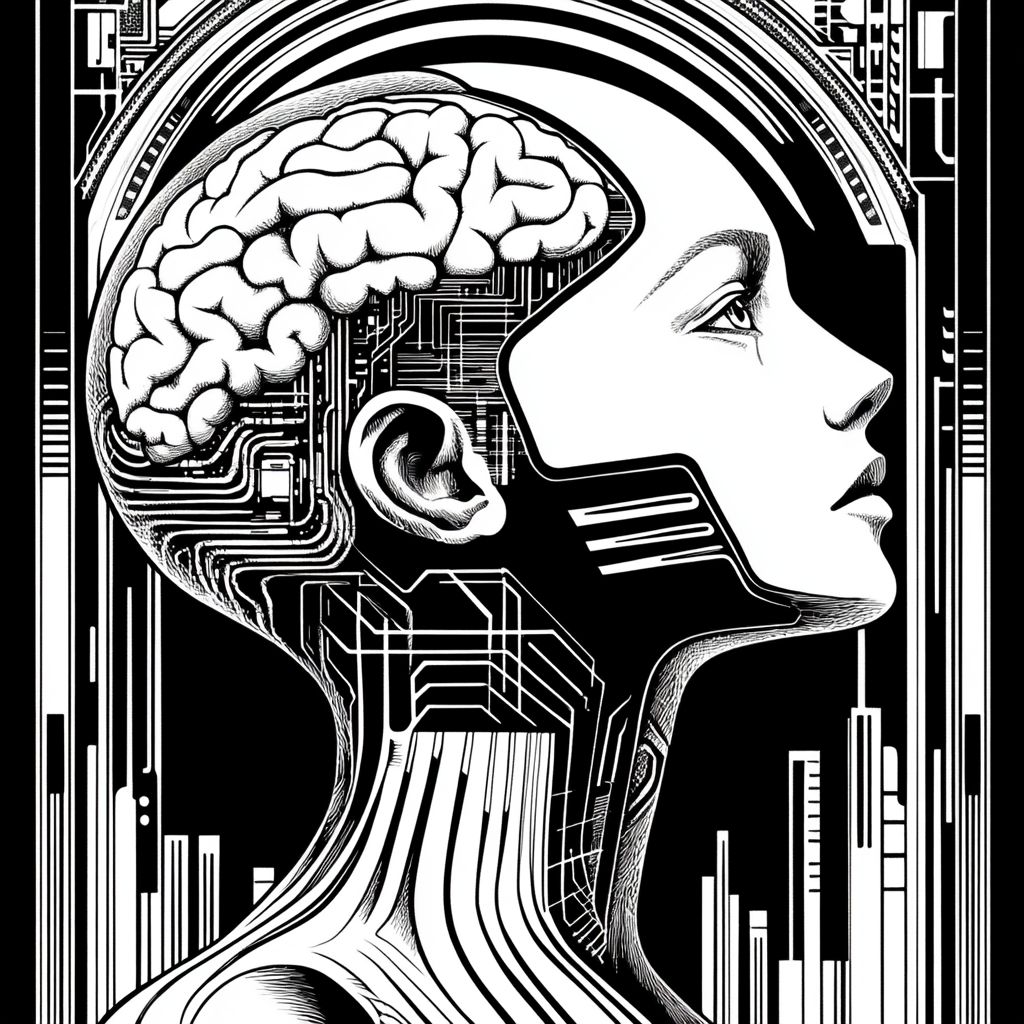
“Another AI Article from Daniel” you may ask…. well you better get used to it as I believe AI will be the most disruptive economic force of our lifetime. So when I got my hands on the state of AI report from Stanford this week I knew I had to break down not just the benchmarks or billions invested—but about how AI will affect you.
Is this silicon tsunami 🌊 going to lift your boat, swamp it, or just make the ride incredibly weird? Because make no mistake, AI isn't lurking on the horizon anymore. It’s wading into your workflow, whispering suggestions in your software, and quietly reshaping your job description while you’re grabbing coffee ☕.
The AI Floodgates Are Open ⚡
The sheer speed is dizzying. Forget clunky, expensive behemoths; the new wave is smaller, nimbler, and shockingly capable. Think PaLM needing 540 billion parameters a couple of years back versus Phi-3 Mini doing impressive work with just 4 billion today. This isn’t just academic tinkering; it’s the miniaturization revolution hitting intelligence itself.
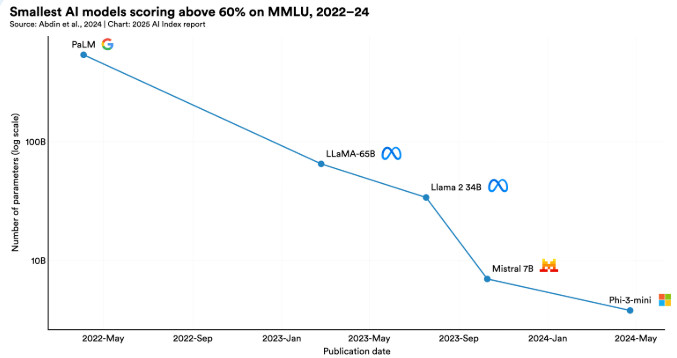
And it's pouring fuel on the fire of adoption—78% of companies are now playing with AI 🤖, trying to figure out how to plug it into actual business, not just generate amusing cat pictures 🐈. They're chasing efficiency, productivity, the elusive edge 💰.
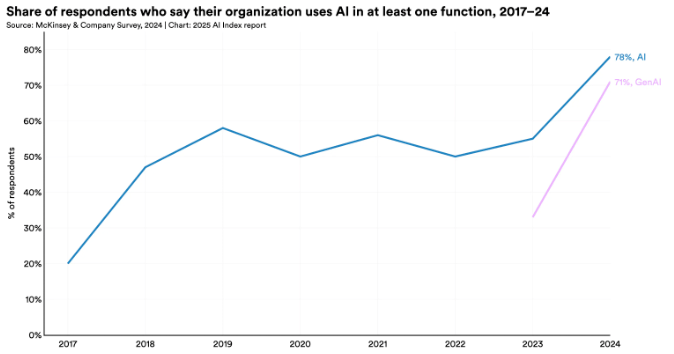
So What? Why You Should Care 👇
This rapid evolution means the tools that felt like science fiction yesterday are becoming accessible, even mundane, faster than anyone predicted. It’s less about if AI impacts your work, and more about how soon and how fundamentally.
Dirt Cheap Brains & Open Doors 🚪💸
Now, let's talk access and the shifting power dynamics—because this directly impacts your toolkit and maybe even your career trajectory. First, the cost of running these digital brains is cratering. Getting performance equivalent to what GPT-3.5 offered used to cost around $20 for a million tokens (think words, roughly). Now? Seven cents. That's a 280-fold nosedive in about 18 months. It’s like the price of a supercar dropping to the price of a scooter overnight 🤯.
The Great AI Price Crash 📉:
Nov 2022: ~$20 per million tokens (GPT-3.5 level)
Oct 2024: ~7 cents per million tokens
The upshot: Powerful AI is rapidly becoming a cheap utility, not a luxury good.
Second, the Berlin Wall between pricey closed models (OpenAI, Google) and their scrappy open-weight cousins is crumbling. The performance gap, once a yawning chasm, has shrunk dramatically—from 8% down to just 2% on some competitive leaderboards. Models from Llama, DeepSeek, and others are now breathing down the necks of the incumbents.
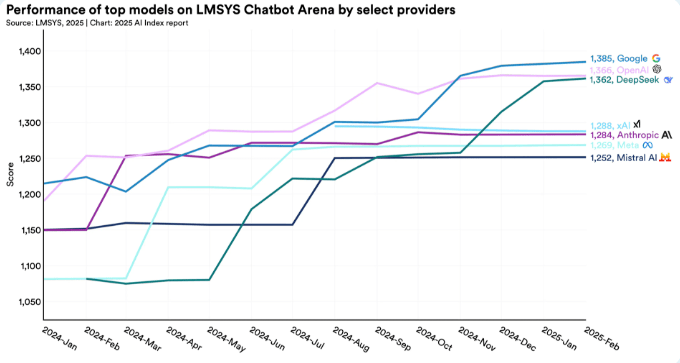
So What? Twin Blasts Hitting Your Desktop 💥
This twin blast of cheap inference and powerful open models means cutting-edge AI isn't just for mega-corps anymore. It’s landing in smaller tools, startups, maybe even integrated into the software you use daily. The barriers to entry are falling, making powerful capabilities available to anyone… including your competitors, or the person eyeing your role 👀.
Your Job: Safe or Just... Different? 🧑💻
This inevitably leads to the big question: your job. Is AI coming for it? The executives seem less convinced of imminent mass layoffs than they were a year ago—predictions of AI shrinking workforce size dropped from 43% to 31% 📉. The buzzword now is "augmentation," not "automation." But don't breathe easy just yet. As Eric Brynjolfsson famously put it, "AI is not going to replace workers, but workers that know how to use AI are going to replace workers that don't know how to use AI."
The Brynjolfsson Doctrine 📜:
"AI is not going to replace workers, but workers that know how to use AI are going to replace workers that don't know how to use AI."
The takeaway: Your future value hinges less on what you know, and more on how effectively you can partner with these tools.
Beyond the Hype: Limits & Bottlenecks 🚧
The challenge, however, isn't just learning to prompt a chatbot. Integrating AI meaningfully beyond simple tasks, getting it to interact smoothly with complex software, or trusting it with high-stakes reasoning? That's still hard 😓. Businesses are realizing that sprinkling AI dust isn't a strategy; they need specific, valuable use cases. And looming over everything is the potential data drought—experts predict we might run out of high-quality training data by 2026-2032 💧. Even the AI gold rush might hit bedrock.
This isn't about becoming a coder or AI researcher overnight. It's about developing AI literacy—understanding what these tools can and, crucially, cannot do reliably for your specific work. It’s about experimenting, adapting, and figuring out how to leverage AI to amplify your skills, not replace them. Because while the global chatter shifts from vague safety worries to grabbing
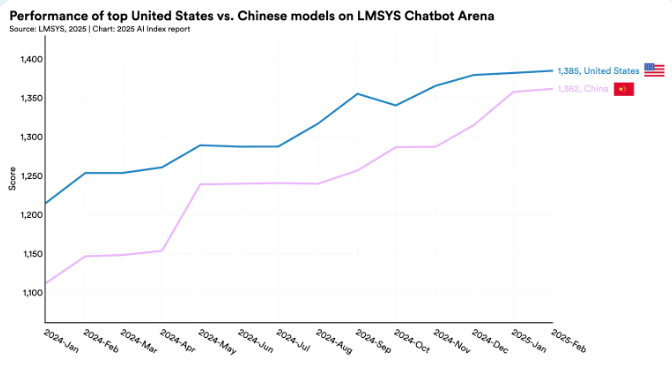
economic opportunity 🌍, the onus of navigating this transition falls squarely on you.
The Wild West Needs Sheriffs (That's You!) 🤠
The US/China race 🇺🇸🇨🇳, the lagging responsibility, the sheer pace – it all creates a chaotic environment. The real challenge isn't just the tech, it's your adaptation.
Final Takeaway: Your AI Action Plan 📝
This isn't about panic; it's about preparation. Understanding the currents – cheap access, shifting skills, real limitations – so you don't get swept away. The future isn't set, but the tools shaping it are already in your hands, or soon will be.
Your Micro-Challenge This Week 👇
Pick one task you do repeatedly every week – reporting, summarizing, drafting emails, analyzing data, whatever. Spend 30 minutes this week actively searching for a current AI tool (many have free tiers) that claims it can help with that specific task. Just research; don't commit. Ask yourself honestly: Does this look like a genuine time-saver or efficiency booster for me, or is it just more tech hype? Get real about where the rubber meets the road in your own workflow.